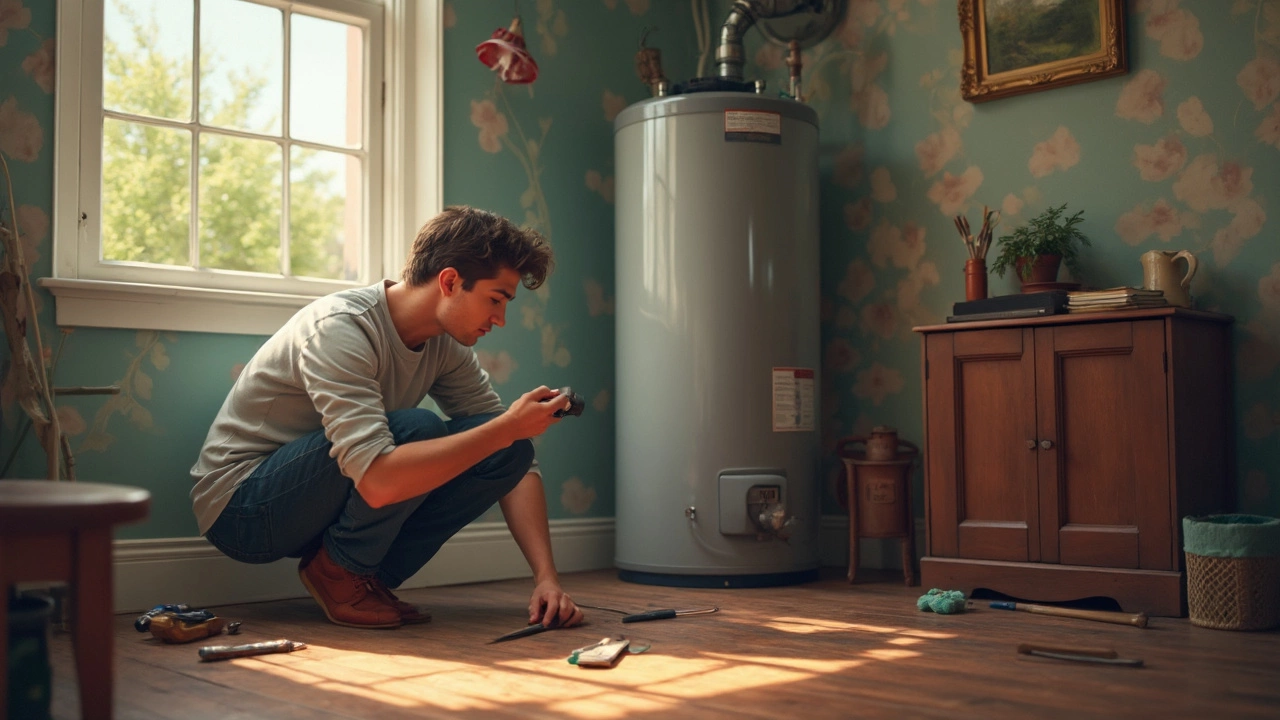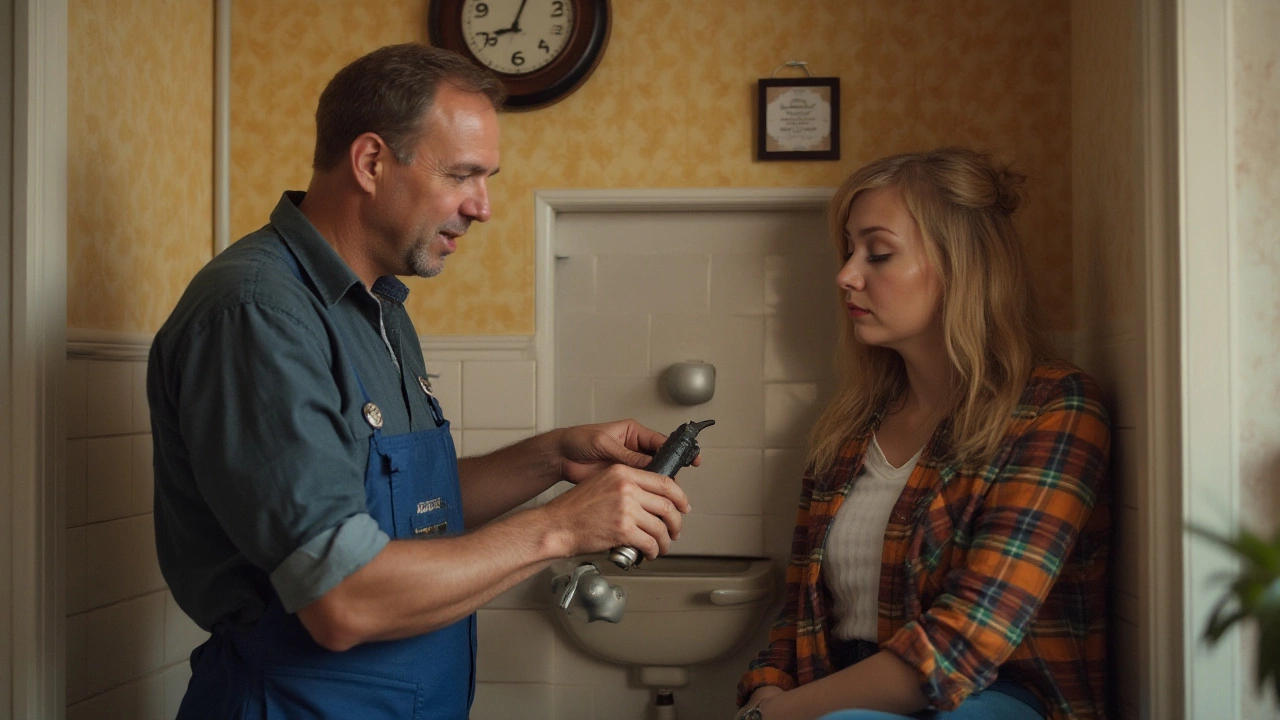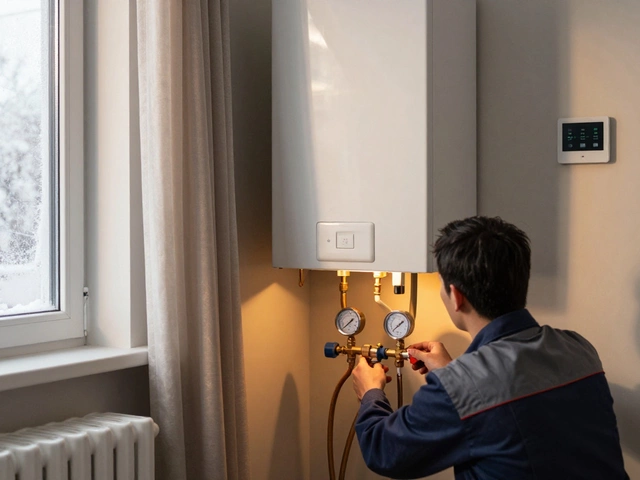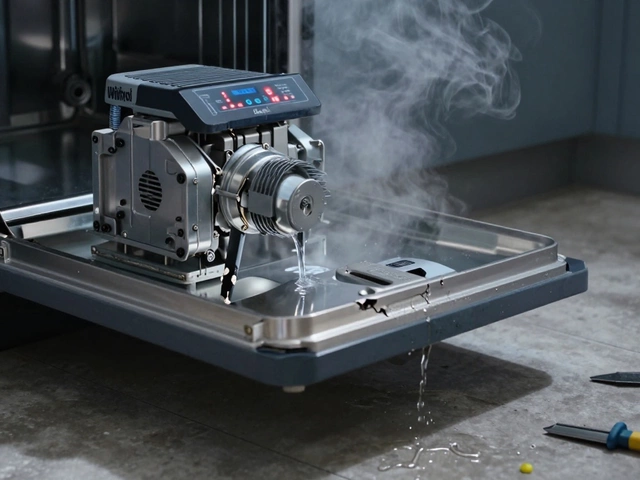Water Heater Issues: What’s Going Wrong and How to Fix It
Nothing’s more annoying than a cold shower when you’re expecting heat. Most water heater hiccups are simple enough to sort yourself, but a few signs tell you it’s time to call in a pro. Below we break down the everyday annoyances – from a tripping reset button to that sneaky leak under the tank – and give you straight‑forward steps to get the hot water back.
Why Your Water Heater Keeps Resetting
Pressing the reset button on a water heater feels like a quick fix, but if it trips again and again you’re probably dealing with an underlying fault. The most common culprits are:
- Overheating element: The heating coil gets too hot, trips the safety switch, and shuts off. This often means the element is dirty or failing.
- Loose wiring: Vibration can loosen connections, causing the thermostat to send a false signal.
- Low water level: If the tank runs low, the element can overheat because it’s not submerged in water.
Here’s a quick reset routine you can try safely:
- Turn off the power at the breaker (for electric units) or shut off the gas valve (for gas units).
- Let the tank cool for about five minutes – this prevents burns.
- Locate the reset button (usually a red or black button on the thermostat).
- Press it firmly, then restore power or gas.
- Wait 15‑20 minutes and check if hot water returns.
If the button trips again, move on to the next step: call a qualified repair tech. Re‑setting a faulty element over and over can damage the whole system.
When to Call a Professional
DIY fixes are great for a quick reset or cleaning a clogged vent, but some signs mean you need an expert:
- Strange noises: Banging, rumbling, or popping suggests sediment buildup or a failing dip tube.
- Water leaks: Any drip around the base, connections, or pressure relief valve is a red flag.
- Corrosion or rust: Visible rust on the tank indicates it’s nearing the end of its life.
- Age: Most water heaters last 8‑12 years. If yours is older, replacement is often cheaper than repeated repairs.
A pro will test the thermostat, inspect the heating elements, and flush out sediment that can cause overheating. They’ll also advise whether a repair or a full replacement makes more financial sense.
Regular maintenance can keep problems at bay. Once a year, shut off power or gas, drain a few gallons, and flush the tank with clean water. Check the anode rod (the metal stick that prevents rust) and replace it if it’s heavily corroded.
Bottom line: Most water heater issues start with a simple reset or a bit of cleaning, but recurring problems, leaks, or noisy operation mean it’s time to get a qualified technician involved. Keep the steps above handy, stay safe, and you’ll be back to hot showers in no time.
What Usually Breaks on a Water Heater and How to Fix It
- Alden Wilder
- Apr 11 2025
- 0 Comments
Water heaters are essential, but they can be frustrating when they malfunction. This article dives into common problems like thermostat failure, sediment buildup, and anode rod corrosion. Learn practical tips on identifying these issues and simple DIY fixes before you call a pro. Discover how regular maintenance can prevent most disasters.
View MoreCommon Water Heater Failures and Repair Tips
- Alden Wilder
- Nov 7 2024
- 0 Comments
Water heaters, essential for everyday comfort, often face issues that disrupt their functionality. This article dives into common water heater failures like thermostat issues, sediment build-up, and leaks. It offers practical advice on recognizing these problems early and how to address them to extend the heater's life. Learn tips on routine maintenance to prevent serious breakdowns and how to decide when professional help is necessary.
View More





